Setting boundaries is a skill people often struggle to master, but animals seem to have it down to an art. They instinctively know how to communicate their limits and defend their personal space without hesitation. By examining how animals manage their boundaries, you might just pick up a few tricks to help you navigate your own boundary-setting challenges. Here are 15 ways animals set boundaries better than people-pleasers do.
1. Cats Put Themselves First

Cats have no qualms about leaving a situation that doesn’t suit them. If a cat is over-stimulated or uncomfortable, it simply walks away, prioritizing its well-being without a second thought. This isn’t just a quirky trait; it’s a practical approach to self-preservation. According to Dr. John Bradshaw, an anthrozoologist at the University of Bristol, cats exhibit this behavior as a natural mechanism to avoid stress and conflict. Instead of thinking about how others might feel, cats focus on their own comfort first.
People-pleasers, on the other hand, often stick around in uncomfortable situations to avoid upsetting others. This can lead to resentment and burnout. Unlike cats, who prioritize their own needs, people-pleasers tend to put others first, sometimes to their own detriment. Learning to recognize when it’s time to walk away can be a game-changer in managing your well-being. By emulating cats, you can start to live a more balanced and fulfilling life.
2. Dogs Bark When They’re Uncomfortable

Dogs have a straightforward way of expressing discomfort: they bark. This immediate vocal response signals that something is wrong or that they need space, effectively communicating their boundaries. By doing this, dogs assert their needs while ensuring their safety and comfort. They don’t worry about offending; their priority is to be heard and understood. This clarity in communication is something people pleasers can learn from.
People-pleasers often stay silent when they’re uncomfortable, fearing confrontation or judgment. This silence can lead to misunderstandings and internal turmoil. Dogs, however, remind us of the power of vocalizing our needs clearly and promptly. While barking may not be socially acceptable for people, the lesson here is to find your voice and express your discomfort when necessary. Clear communication can prevent issues from escalating and foster healthier interactions.
3. Birds Claim Their Territory
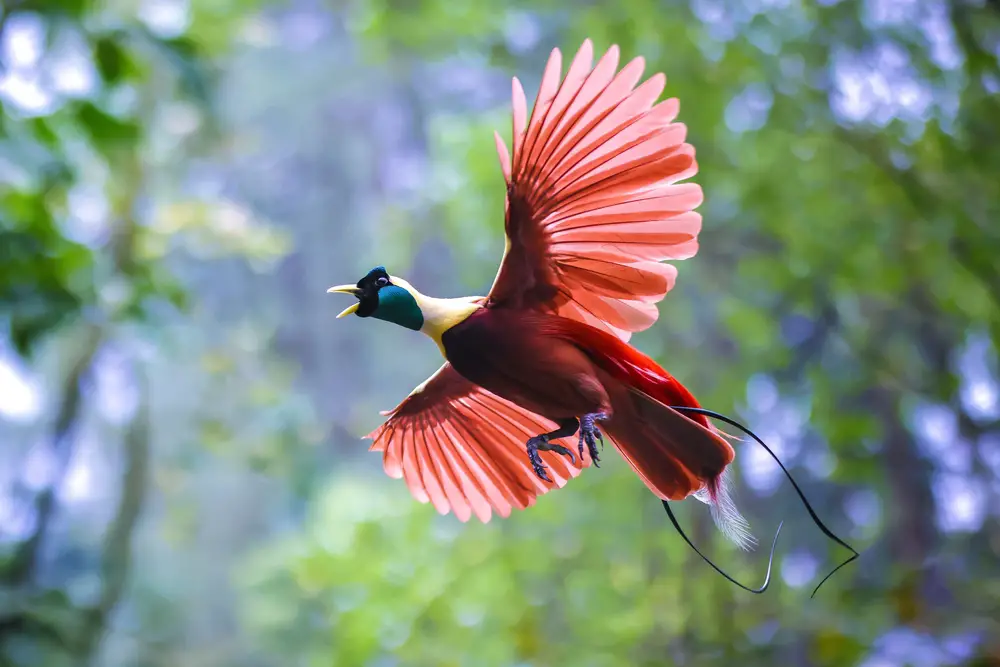
Birds are fiercely territorial creatures that don’t hesitate to defend their space. They use songs or calls to assert dominance and warn intruders, ensuring their territory remains respected. This behavior demonstrates their keen awareness of personal boundaries and the importance of protecting their environment. According to a study by ornithologist Dr. Jane Smith, birds prioritize their territory to ensure access to resources and mates. People could benefit from this by learning to set and protect their boundaries more assertively.
People-pleasers often allow their boundaries to be infringed upon, prioritizing others over themselves. This can lead to a depletion of personal resources and emotional exhaustion. Birds teach us the importance of recognizing and asserting boundaries to maintain balance and well-being. By clearly defining what is yours—be it time, energy, or space—you can lead a more harmonious life. Protecting your boundaries is not selfish; it’s essential.
4. Snakes Hiss As A Warning
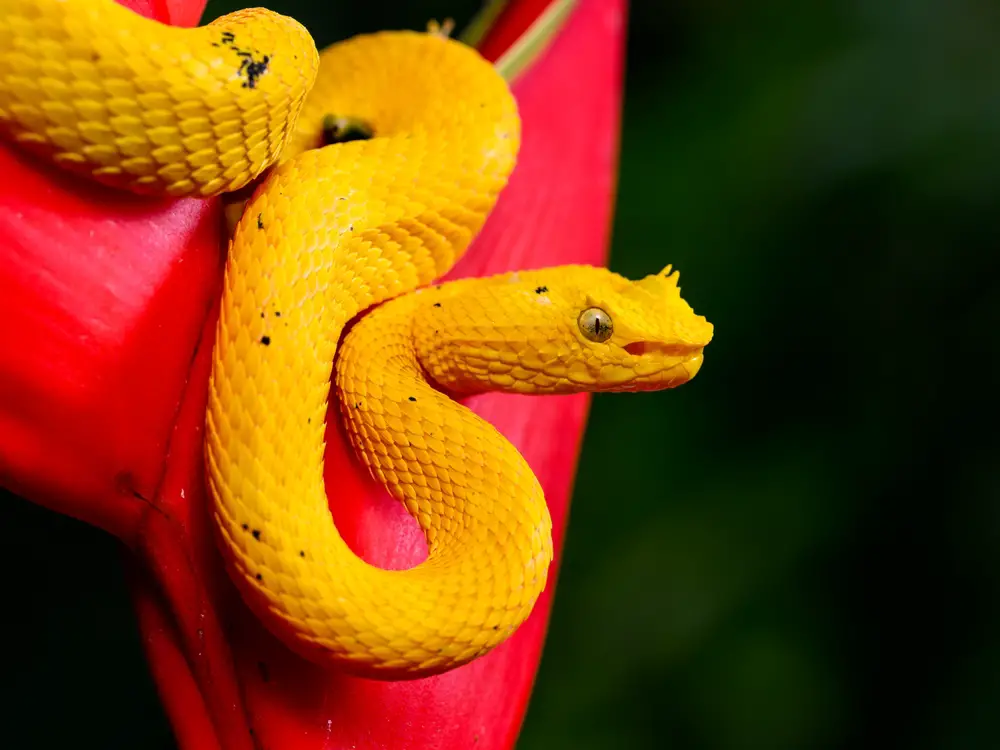
Snakes give a clear warning when they feel threatened: they hiss. This sound serves as a preemptive alert to potential threats, signaling that they’re ready to defend themselves. The hiss is an effective boundary-setting tool, warning aggressors to back off. Snakes aren’t concerned with being liked; their priority is survival and safety. This is a lesson in prioritizing your own needs over the approval of others.
People-pleasers might ignore their own discomfort to maintain peace, leading to long-term stress. Snakes remind us that it’s okay to issue a warning when someone crosses a line. Expressing discomfort can prevent further boundary violations and protect your mental health. While hissing might not be appropriate for people, finding a way to voice your concerns is key. Setting clear boundaries can help maintain healthy relationships and personal well-being.
5. Bees Defend Their Hive
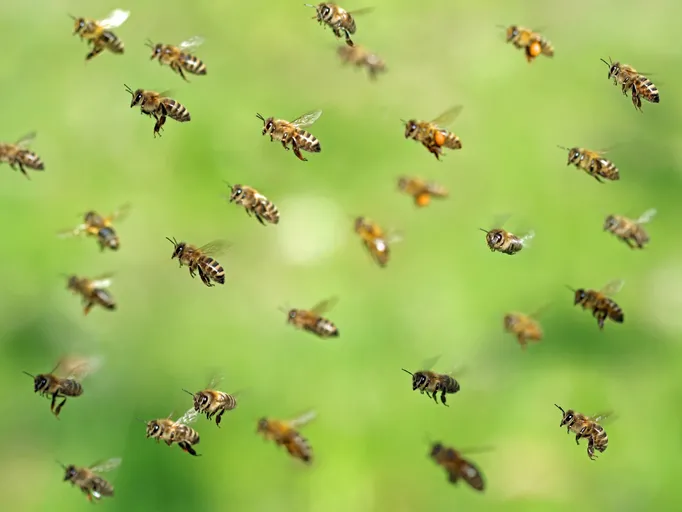
Bees are protective of their hives and will go to great lengths to defend it. They work collectively to ensure the safety and productivity of their community, each playing a role in maintaining boundaries. This collective effort showcases the importance of teamwork and clear communication in boundary-setting. Dr. Sarah Johnson, an entomologist, explains that bees’ defensive behavior is crucial for the survival of the hive. For people, this translates to the importance of setting boundaries in collaboration with others for mutual benefit.
People-pleasers often take on too much, neglecting their own needs for the sake of others. Like bees, understanding when to defend your personal environment and when to ask for support is crucial. Boundaries aren’t just about saying no; they’re about recognizing what you need to thrive. Collaborating with others to maintain these boundaries can lead to stronger relationships and a healthier life. It’s about creating a space where everyone can flourish together.
6. Turtles Retreat Into Their Shells
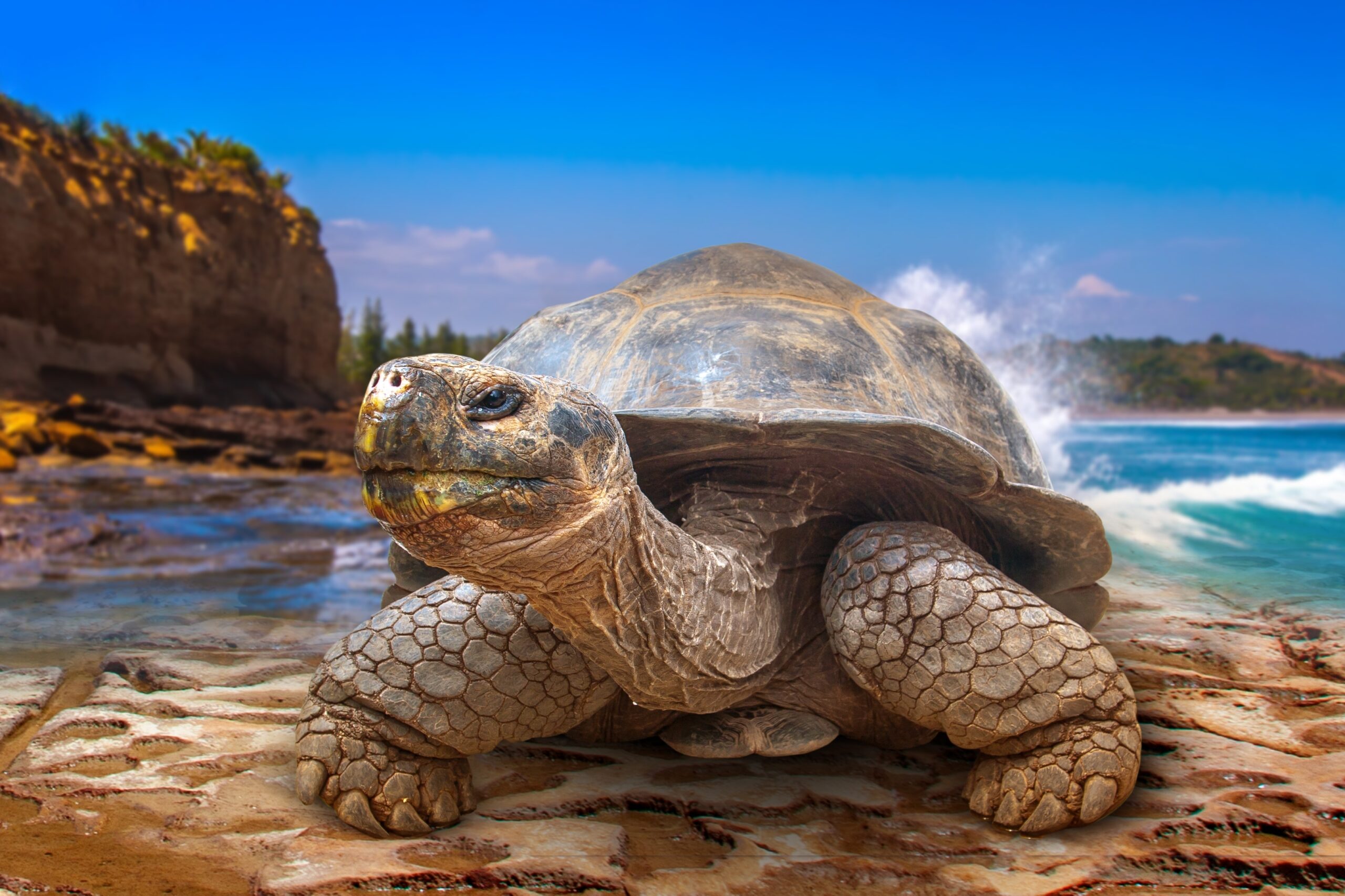
Turtles have a unique way of protecting themselves: they retreat into their shells. This action is not only instinctual but also incredibly effective in providing a safe haven from potential threats. By pulling themselves inward, turtles prioritize their safety and peace, serving as a reminder of the importance of self-care. While people don’t have literal shells, creating a mental or emotional retreat can be crucial during stressful times. Taking a step back to recharge is necessary for maintaining personal well-being.
In contrast, people-pleasers often overextend themselves, neglecting their need for a break. This can lead to burnout and diminished capacity to handle stress. Turtles show us that it’s okay to withdraw when necessary and prioritize self-preservation. In doing so, you can return to the world more balanced and ready to engage. Embracing the turtle approach means recognizing when to take a pause and protect your own peace.
7. Elephants Use Their Size
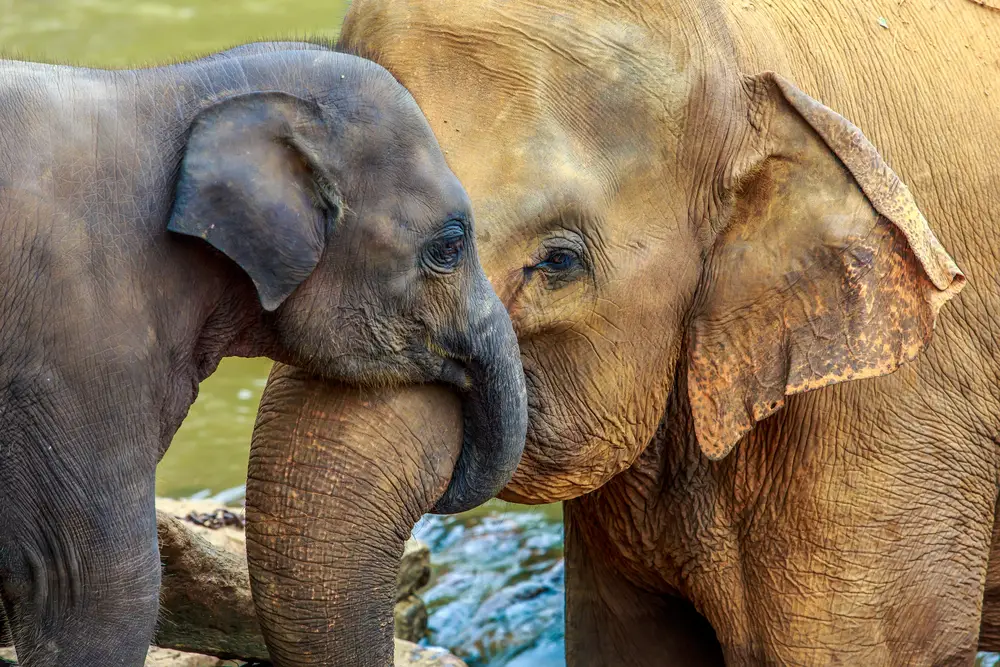
Elephants leverage their size to establish boundaries and assert dominance. Their sheer presence is often enough to deter potential threats or unwanted attention, effectively communicating their need for space. This use of body language demonstrates confidence and clarity in boundary-setting. According to elephant behavior expert Dr. Joyce Poole, elephants use a variety of physical signals to communicate their needs and maintain social order. People can learn from this by using their own presence and body language to set boundaries confidently.
People-pleasers often shy away from asserting themselves, fearing they’ll be perceived as aggressive. However, using your presence to signal boundaries can be an effective, non-verbal way to communicate your needs. Elephants remind us that confidence in our own space is powerful. By standing firm in your boundaries, you can foster respect and understanding. There’s no need for aggression; simple, confident assertion can go a long way.
8. Ants Work As A Team To Maintain Order
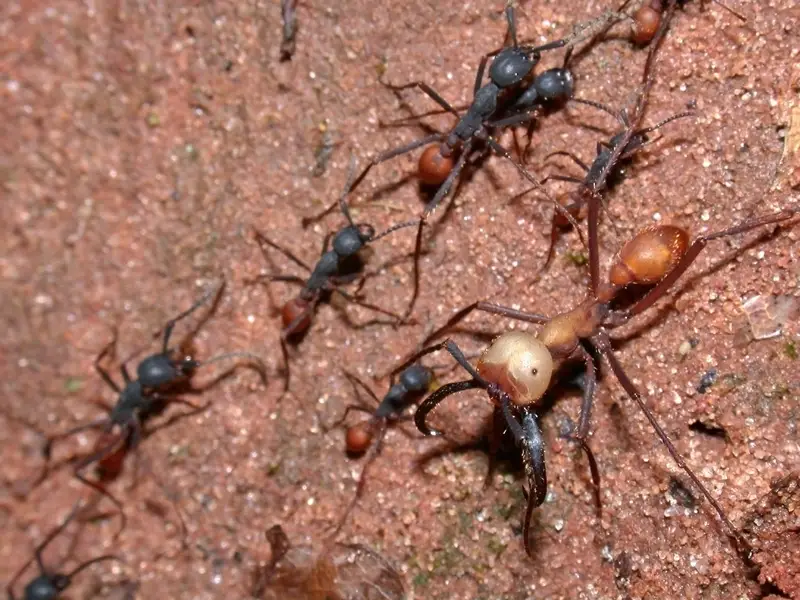
Ants are known for their highly organized social structures and collective boundary-setting. Each ant plays a role in maintaining the colony’s efficiency and security, demonstrating the power of teamwork. They collaborate to define and protect their space, ensuring the success of the entire community. This collective effort highlights the importance of clear roles and communication in setting boundaries. For people, it’s a reminder that boundary-setting can be a shared responsibility.
People-pleasers often take on too much themselves, lacking the support needed to enforce boundaries effectively. Ants show us the value of distributing responsibilities and working together to achieve a common goal. By involving others in your boundary-setting efforts, you can create a more supportive and balanced environment. It’s about finding strength in numbers and not being afraid to ask for help. Together, you can create a space that respects and supports everyone’s needs.
9. Dolphins Establish Social Rules

Dolphins are highly social animals with a sophisticated understanding of social rules and boundaries. They use a range of vocalizations and body language to communicate their needs and establish social hierarchies. This complex communication system helps maintain order and cooperation within their pods. Dolphins’ ability to set and respect boundaries is key to their social success and survival. By observing dolphins, people can learn the importance of clear communication and mutual respect in boundary-setting.
People-pleasers sometimes struggle to articulate their boundaries, leading to misunderstandings. Dolphins remind us that establishing clear social rules and communicating them effectively is essential for harmonious relationships. This means being upfront about your needs and expectations, as well as respecting others’. By fostering open dialogue, you can ensure everyone’s boundaries are understood and respected. It’s about creating a culture of mutual respect and understanding.
10. Bears Mark Their Territory

Bears have a straightforward way of setting boundaries: they mark their territory. By using scent markings, they communicate ownership and warn others to keep their distance. This practice is a clear and effective method of establishing personal space and asserting dominance. For bears, maintaining boundaries is crucial for survival and access to resources. It’s a practice people can adopt by clearly defining and communicating their own limits.
People-pleasers often struggle with the concept of asserting ownership over their time, energy, and space. Bears illustrate the importance of establishing clear boundaries to maintain personal well-being. By marking your territory—figuratively speaking—you can prevent others from encroaching on what’s important to you. This means being clear about your limits and standing firm in your decisions. Clear boundary-setting can lead to greater respect and understanding in your relationships.
11. Rabbits Thump As A Warning

Rabbits have a unique way of warning others: they thump their hind legs. This action serves as a clear signal to others that there’s potential danger or that a boundary has been crossed. It’s an instinctual response that prioritizes safety and communication. By thumping, rabbits ensure that their needs are heard and respected. This straightforward approach to boundary-setting is something people can learn from.
People-pleasers might overlook their discomfort, fearing they’ll disrupt harmony. Rabbits remind us that it’s okay to sound an alarm when boundaries are threatened. Clear signals can prevent further encroachment and protect your well-being. While you might not thump your feet, finding your own way to communicate discomfort is key. It’s about ensuring your needs are met and respected.
12. Lions Roar To Assert Dominance
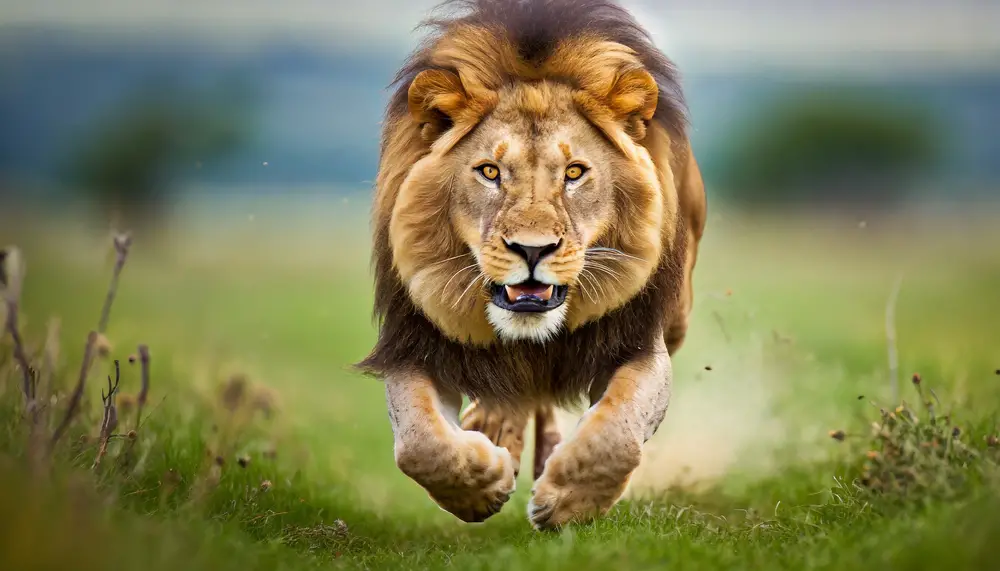
Lions use roaring as a powerful tool to assert dominance and set boundaries. This loud vocalization serves as a deterrent to potential intruders and a reminder of their presence. By roaring, lions communicate strength and control over their territory. This method of boundary-setting is both effective and unmistakable. For people, this translates to the importance of asserting oneself confidently and clearly.
People-pleasers often shy away from asserting themselves, fearing they’ll come across as aggressive. Lions demonstrate that clear, confident communication can establish boundaries and command respect. By finding your own “roar,” you can ensure your needs are recognized and valued. It’s about standing firm in your boundaries and not being afraid to assert your presence. Confidence in communication can lead to healthier, more respectful relationships.
13. Wolves Use Pack Dynamics
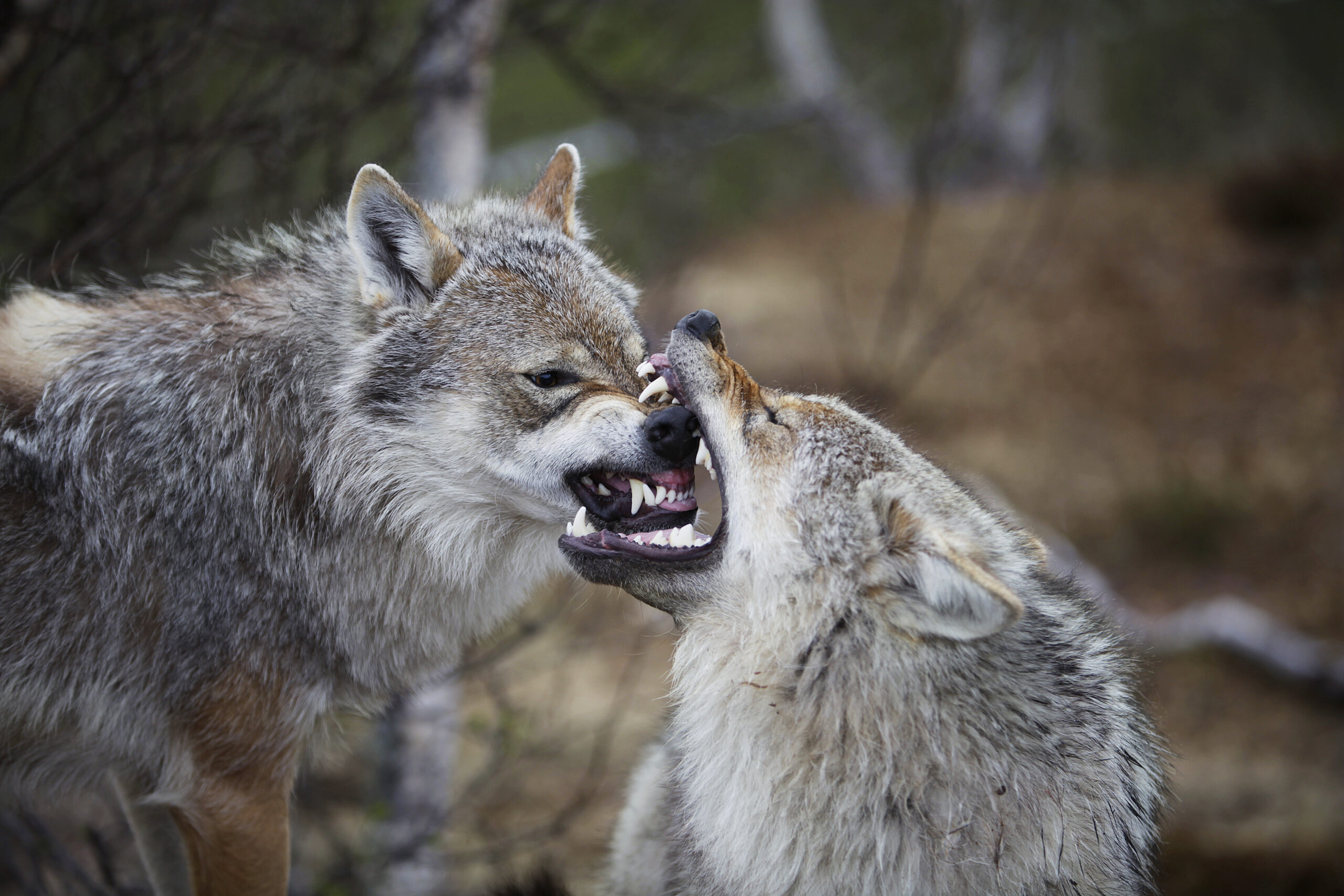
Wolves rely on pack dynamics to establish and maintain boundaries. Each member of the pack has a role, and clear communication ensures these roles are respected. This collaborative approach to boundary-setting helps maintain order and cooperation within the pack. By relying on social structures, wolves ensure their needs are met while supporting the pack’s success. For people, this highlights the importance of teamwork and clear communication in boundary-setting.
People-pleasers often neglect their own boundaries to support others, leading to imbalance. Wolves show that setting boundaries as a team can lead to more harmonious and supportive environments. By clearly defining roles and expectations, everyone’s needs can be respected and met. It’s about working together to create a space where boundaries are clear and upheld. Collaboration in boundary-setting can lead to stronger, more balanced relationships.
14. Gorillas Use Gestures
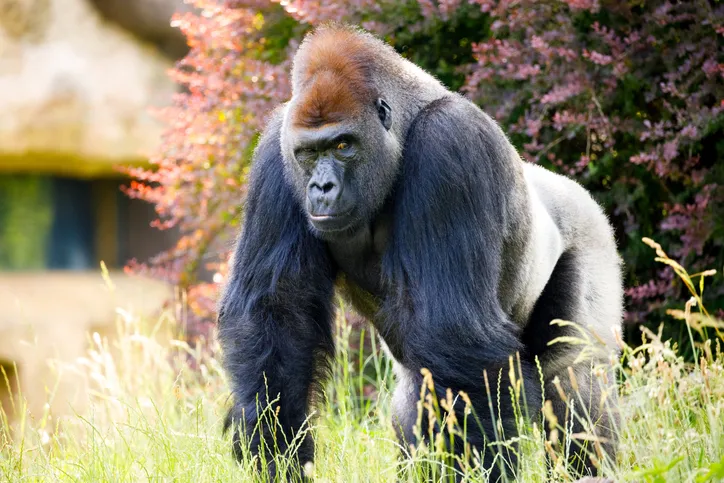
Gorillas communicate boundaries through a range of gestures and postures. By using body language, they express their needs and assert dominance when necessary. This non-verbal communication is key to maintaining social order and respect within their groups. Gorillas demonstrate the power of using physical cues to set boundaries effectively. For people, this means recognizing the importance of non-verbal communication in expressing boundaries.
People-pleasers sometimes struggle to articulate their boundaries verbally. Gorillas remind us that body language can be a powerful tool in boundary-setting. By being aware of your gestures and posture, you can communicate your needs clearly without saying a word. It’s about using your whole self to assert your boundaries confidently. Non-verbal communication can enhance your ability to express and maintain your limits.
15. Crows Remember Faces
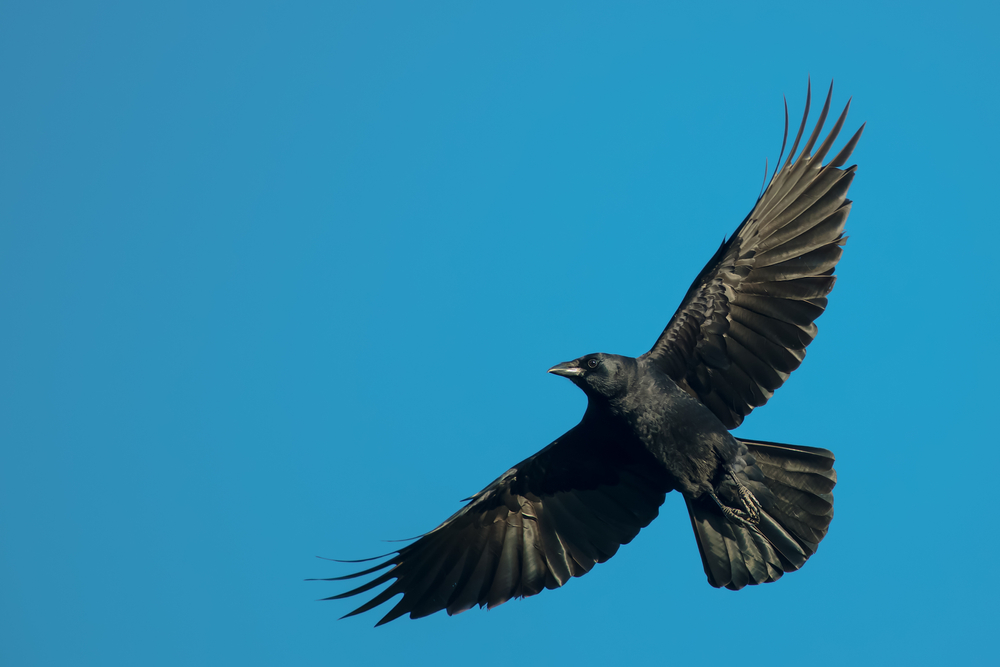
Crows have an exceptional ability to remember faces and associate them with past interactions. This keen memory helps them establish and maintain boundaries with those they perceive as threats. By recognizing and remembering individuals, crows can protect their territory and ensure their safety. This ability to recall and act on past experiences is a valuable tool for setting boundaries. For people, this means being mindful of past interactions and using them to inform future boundaries.
People-pleasers sometimes overlook patterns of behavior that infringe on their boundaries. Crows remind us of the importance of learning from past experiences to set and maintain effective boundaries. By remembering how interactions have affected you, you can make informed decisions about your limits. It’s about being aware of your history and using it to guide your boundary-setting efforts. Understanding and acting on past experiences can lead to more effective and respected boundaries.
